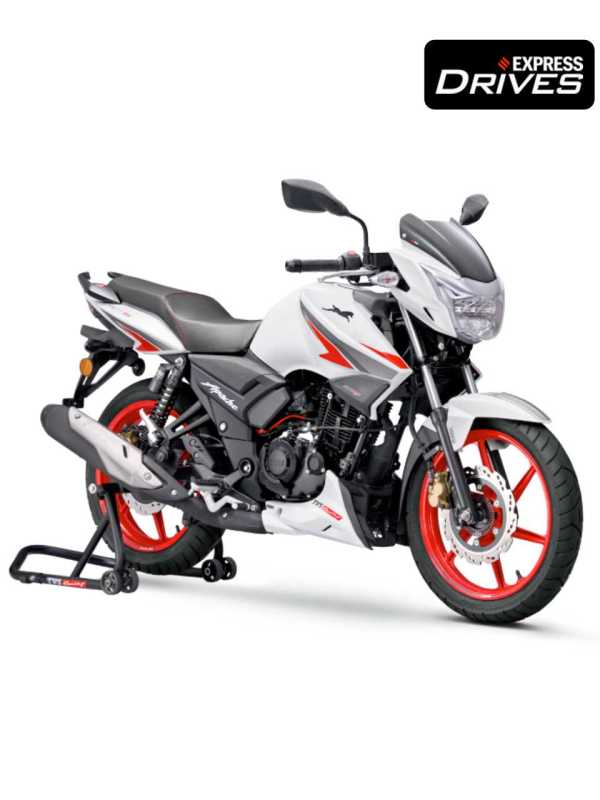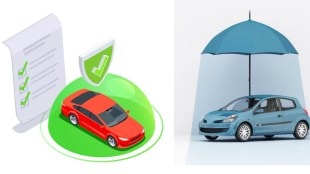Maruti Suzuki India does not believe that prices of the recently-launched models like Brezza, Ertiga and XL6 which are higher as compared to their previous avatars will have any kind of impact on their volumes. The country’s largest carmaker launched Brezza in June, and Ertiga and XL6 in April. While Brezza is a sub-four-metre compact sports utility vehicle (SUV), Ertiga and XL6 are multi-purpose vehicles (MPVs).
The old Brezza, which was called Vitara Brezza, was priced between Rs 7.84 lakh and Rs 11.49 lakh, while the new model is available in the range of Rs 7.99 lakh to Rs 13.96 lakh. The price range of Ertiga has been increased from Rs 8.11 lakh-Rs 10.84 lakh to Rs 8.35 lakh-Rs 12.79 lakh. For XL6, the price range has gone up from Rs 10.14 lakh-Rs 12.02 lakh to Rs 11.29 lakh-Rs 14.39 lakh. All the prices are ex-showroom.
When asked whether higher prices will have any impact on the volumes of the new models, Shashank Srivastava, senior executive director, marketing and sales, Maruti Suzuki India, said: “I don’t believe it will hamper volumes so much. Consumers are looking at value rather than prices. There seems to be some miscommunication and it is considered that Maruti prices will be low. We have always targeted higher value to consumers and not necessarily prices.”
Despite commanding a premium price tag, there is no dearth in demand for the new models. Maruti is currently sitting on 45,000 pending bookings for Brezza, 106,000 for Ertiga and 7,500 for XL6. Even the new Baleno, which was introduced in February, has 33,000 pending bookings.
Srivastava said in some segments, affordability and prices are most important as far as value is concerned. “But in segments where Brezza and XL6 are present, we have found that consumers want a lot of new features and technology, and we have offered the same at prices that are obviously higher than previous prices, but probably providing greater value to consumers.”
Explaining the strategy behind pricing new models, Srivastava said it depends on the basic cost structure as well as prices of competing models. Another important aspect, according to him, is providing a good value to the consumer in any segment at any particular price point.
Rising commodity prices have immensely impacted prices of new models as well. For any automobile original equipment manufacturer (OEM), the material cost makes up 75%-77% of the entire cost structure.
“Any change in commodity prices, either on the higher side or the lower side, will impact the cost structure immediately and that has a direct bearing on the profitability,” Srivastava said, adding that higher prices of steel, aluminium, copper, plastics and even precious metals like rhodium, palladium and platinum have impacted the pricing of vehicles in the last two years.
Maruti will launch the new Alto in the December quarter of the current fiscal, according to sources. Although the entry-level car segment has witnessed a decline in volumes over the past few years, Alto has been an important model for the company as can be seen from its annual volumes. Maruti sold 190,814 units of Alto in FY20, 158,992 units in FY21 and 145,167 units in FY22.
When asked if the new Alto will be priced higher than the model it will replace, Srivastava said: “While I will not be able to specifically comment on any new product that we will be launching, generally speaking, the price sensitivity in the lower end is higher.” Consumers are willing to have fewer features provided there is the affordability quotient and that is the careful weighing Maruti has to do in this segment, he added.




















